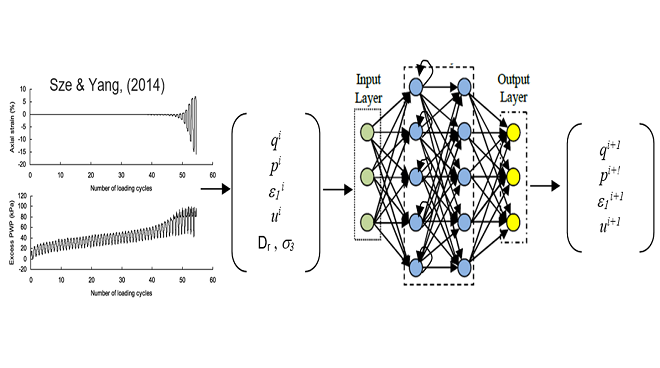In Turkey, there are more than 500 active faults generating devastating earthquakes causing large amounts of casualties and property losses. The reasons for building collapses in these earthquakes are not only due to inadequacy of the superstructures but also due to the fact that most of such buildings are built on weak alluvial soil deposits. Soil liquefaction is among the main causes of such faliures. Especially in the 1999 Izmit earthquake, large rotations, lateral spreadings, settlements and permanent damage occurred in buildings as a result of liquefaction in Adapazarı, Gölcük coasts and Sapanca. Since the 1964 Niigata earthquake, a new era started in Geotechnical Earthquake Engineering raising awareness among researchers. In the next half century, dozens of experimental, theoretical and numerical studies have been carried out, and numerous theoretical models have been developed to model the behavior of liquefiable deposits (i.e. saturated loose granular soils). However, each new model either does not fully explain the observed behavior or it becomes a complex task to determine the parameters needed by those models. In practice, solutions obtained by simplified methods can either force engineers to use conservative safety factors or lead to unprecedented soil failures by increased risk levels. In this respect, accuracy of the numerical analyses required in the "transition from model to numerical solution" is largely dependent upon the accuracy of the model used. Therefore, there is a need to develop a new approach, which puts a multidisciplinary perspective to the problem, using the innovative technology. In this project, we will combine the disciplines of Artificial Intelligence in terms of Machine Learning and also Soil Dynamics to develop a "smart constitutive model" to model liquefaction of saturated granular soils under earthquake excitations. In addition, successful completion of the project will not only contribute to science and engineering, but also to the construction sector and indirectly to economy as well.
